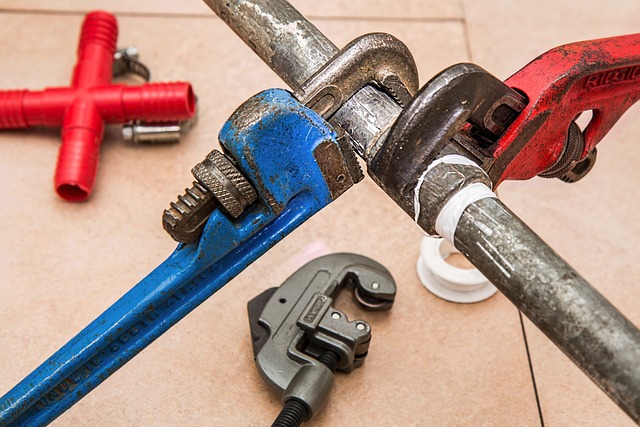The Importance of HVAC Systems in Urban Coolscaping
Urban Coolscapers: Crafting Comfortable Urban Environments
The Importance of hvac Systems in Urban Coolscaping
When it comes to creating comfortable urban environments, one cannot underestimate the importance of HVAC systems. These systems, which stand for heating, ventilation, and air conditioning, play a crucial role in maintaining optimal indoor temperatures and air quality in urban spaces. In this article, we will explore the significance of HVAC systems in urban coolscaping and how they contribute to the overall well-being of city dwellers.
First and foremost, HVAC systems are essential for regulating indoor temperatures in urban areas. As cities continue to grow and become more densely populated, the heat generated by human activities and infrastructure can lead to urban heat islands. These heat islands result in higher temperatures in urban areas compared to surrounding rural areas. HVAC systems help combat this issue by providing efficient cooling during hot summer months, ensuring that residents and workers can escape the sweltering heat and find relief indoors.
Moreover, HVAC systems are crucial for maintaining proper ventilation in urban spaces. In densely populated areas, the concentration of pollutants and contaminants can be significantly higher than in rural areas. Without adequate ventilation, these pollutants can accumulate indoors, leading to poor air quality and potential health risks. HVAC systems help circulate fresh air and remove stale air, ensuring that urban dwellers have access to clean and healthy indoor environments.
In addition to temperature regulation and ventilation, HVAC systems also play a vital role in controlling humidity levels. High humidity can lead to discomfort, mold growth, and damage to buildings and infrastructure. On the other hand, low humidity can cause dryness, respiratory issues, and damage to wooden structures. HVAC systems help maintain optimal humidity levels, creating a comfortable and healthy indoor environment for urban residents.
Furthermore, HVAC systems contribute to energy efficiency and sustainability in urban coolscaping. As cities strive to reduce their carbon footprint and become more environmentally friendly, energy-efficient HVAC systems are crucial. These systems are designed to minimize energy consumption while still providing effective heating, cooling, and ventilation. By investing in energy-efficient HVAC systems, urban coolscapers can contribute to the overall sustainability of cities and reduce their impact on the environment.
It is worth noting that HVAC systems are not only important for residential buildings but also for commercial and public spaces. Offices, shopping malls, hospitals, and schools all rely on HVAC systems to create comfortable and productive environments for employees, customers, patients, and students. Without these systems, the productivity and well-being of urban dwellers would be compromised.
In conclusion, HVAC systems are an integral part of urban coolscaping, contributing to the creation of comfortable and healthy urban environments. These systems regulate indoor temperatures, maintain proper ventilation, control humidity levels, and promote energy efficiency. By investing in high-quality HVAC systems, urban coolscapers can ensure that city dwellers have access to optimal indoor conditions, enhancing their overall well-being and quality of life.


